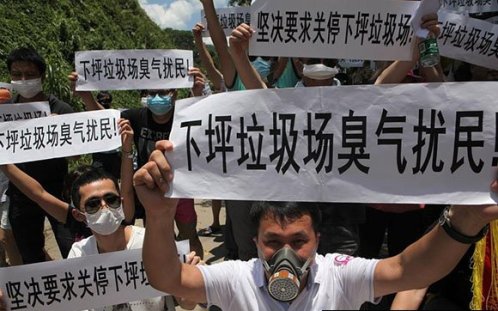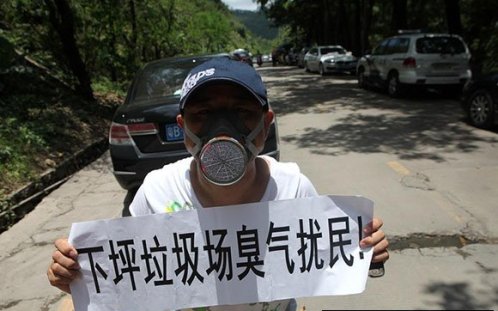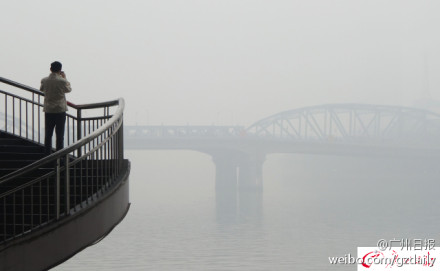Tesla to Expand to Guangzhou and Shenzhen Despite Consumer Apathy
Posted: 07/7/2014 7:15 pmNew LinkedIn job advertisements indicate boutique electric car maker Tesla may soon be coming to Guangzhou and Shenzhen, reports Car News China.
While Tesla itself hasn’t made an official announcement, their Linkedin profile lists jobs in the two PRD cities as well as Chengdu. This would be in addition to their one store in Beijing, and two others coming in Shanghai and Hangzhou.
But while Tesla is expanding fast in China, electric charging infrastructure may be struggling to keep up.
READ: Shenzhen Home to 50 of China’s Billionaires
Shenzhen invested RMB 1 billion in 2010 to build 89 charging stations and 29,500 charging piles, but only seven charging stations and 2,273 slow-charging piles were open by the end of 2013, reports Want China Times.
Furthermore, the electric car industry has been supported solely by government sales in recent years. A high-level executive at one auto company who asked not to be identified told Caixin that fewer than 2,000 new electric cars have been sold to the general public since 2009.
But while electric charging facilities remain idle and customer interest remains weak, local authorities appear undeterred in their drive for more electric cars.
Shenzhen expects to have 25,000 electric vehicles on its roads by the end of next year. To meet this goal, it has ordered every new residential complex to provide charging facilities for electric cars regardless of whether any residents drive the vehicles, reports Investor Intel. Without the charging facilities, the apartments will not be allowed to go on sale.
READ: Six Million Cars to Be Taken Off Streets in China to Fight Pollution
But most tellingly, a massive market will be created once Elon Musk and Tesla build a gigafactory capable of producing batteries for 500,000 electric cars a year, reports the Economist.
With luxury car sales falling all across China, we can only assume Elon Musk knows what he’s doing.
Related:
- Ferrari Closes Dealerships as Luxury Car Sales Fall Across China
- Gold Lamborghini Spotted in Guangzhou
- Lamborghini Roasted After Illegal Drag Race in Shenzhen
- Extremely Rare Chrome Green Lamborghini Spotted in Shenzhen
Photos: Car News China, Investor Intel, the Telegraph













